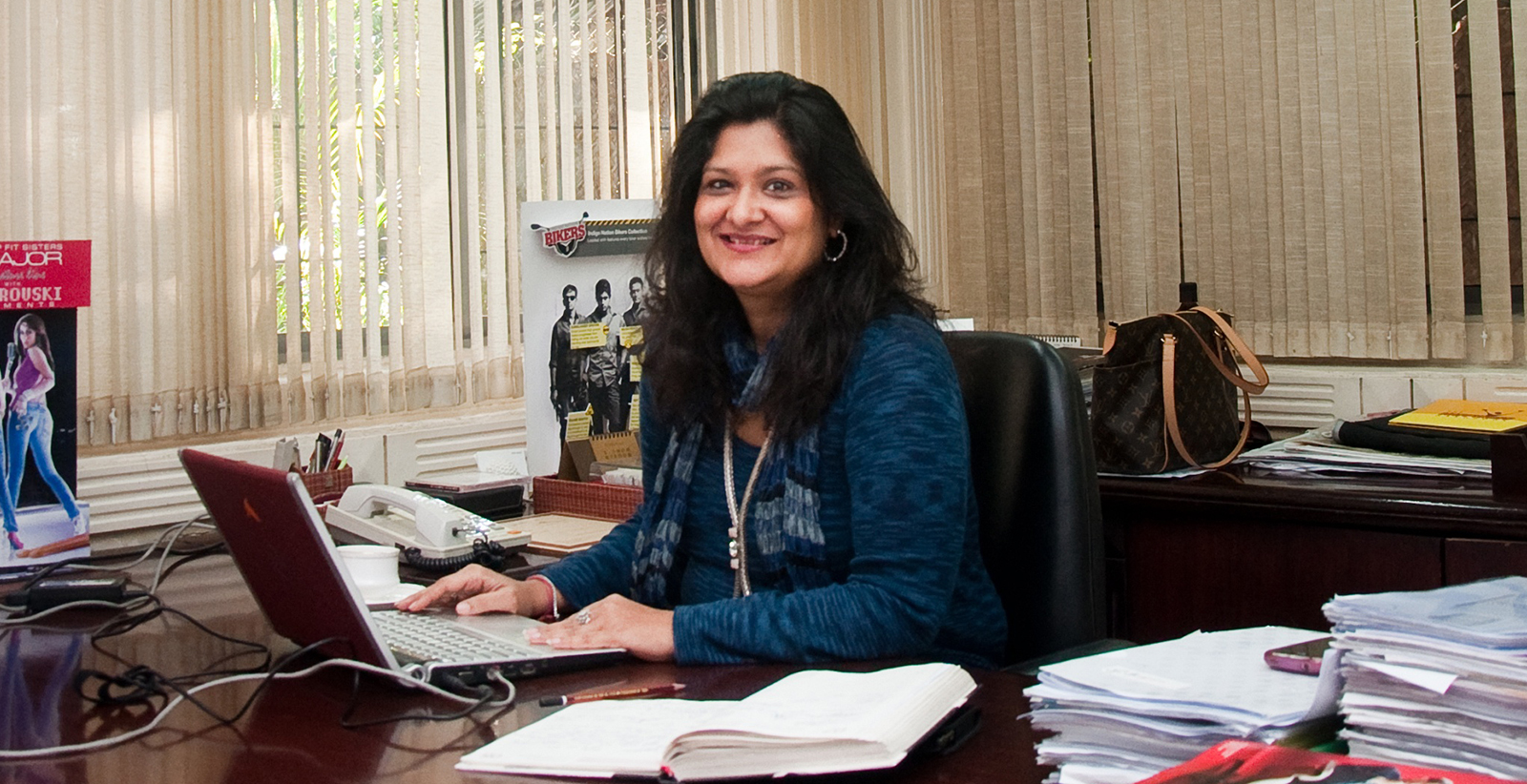For any company engaged in apparel manufacture and retail, creating a unique brand identity that commands a loyal following is a challenge. And when a company has to plan strategy to create seven unique brands, the challenges are multi-fold. However, Bengaluru-based lifestyle brand marketer, Indus League Clothing Ltd. (Indus League), has been successful in managing seven brands through an end-to-end business model, since its establishment in November, 1998.
Seven-in-one
“The vision behind creating the company was to dominate the fashion industry. One can do that by establishing one big brand or by offering multiple brands that cater to various niche requirements,” says Rachna Aggarwal, chief-executive officer and director, Indus League. Having chosen the second route, Indus League set about creating seven brands, each with a targeted focus. Its higher end brands include Daniel Hechter, Urbana and Urban Yoga. While Daniel Hechter showcases classic formal wear, Urbana is pegged as an innovative techno-formal brand and Urban Yoga targets the fitness conscious. John Miller and Indigo Nation are the brands that appeal to office goers while Scullers spells casual elegance. Jealous 21 is the brand targeted at young women that provides style at an affordable price. Each brand has a distinct market positioning and that extends to the marketing strategies that are followed. As Aggarwal says, “With each of the brands, we have been able to maintain the clarity of our focus on the core of each without any dilution.”
“We are always looking to build a great marketing story that is sustainable”
A strength that Indus League possesses is the management of its business from end-to-end. As the company is engaged in design, production, distribution, retail of all its brands, it can look to optimise efficacy in each operation. Aggarwal says, “The organisation needs to be very liberal to manage the entire bandwidth as well as manage selling to so many different categories of people.” She adds that Indus League’s business model allows it the price control to make diverse offerings such as a Jealous 21 t-shirt at Rs. 499 to a Daniel Hechter shirt at Rs. 6,999. On the subject of price points, Aggarwal touches upon the organisation’s strategy during the recently concluded recessionary phase. “We introduced ‘wow’ price points for some of our brands as volume drivers or to acquire new customers,” she says. However, the company managed to hold on to its price points for its premium brands, to avoid compromising its positioning. “It is not always about volume, sometimes, we are happy with selling 200 pieces in a season for Daniel Hechter whereas with Jealous 21, we would look to sell 8,000 to 10,000 pieces in a week.” As for marketing, Aggarwal stresses that a lot of work goes into introducing a product within a brand. “We are always looking to build a great marketing story that is sustainable,” she says.
Indus League
Founders: Eight professionals led by Sriram Srinivasan
City: Headquartered at Bengaluru
Vision: To be one of India’s premier brand marketing companies
No. of current employees: 200 at the back end and 1,000 in the front end
Managing multiples
“In order to manage multiple brands, anybody working at Indus League must be able to multi-task and this includes identifying the differing needs of customers from different target audiences. The challenge extends to identifying a priority for each brand, with one it could be value, for another it could be ambience,” says Aggarwal. “It is almost like maintaining eight or ten individual profit and loss statements,” she adds. Aggarwal takes pride in the flexibility that exists within Indus League. “If you allow people to grow within an organisation by giving them new interests, they stay with you,” she says. She elaborates with an example – “Several times, designers get bored working with one brand, so, we allow them to do a trial phase with another and see if their creative juices flow, once again.”
As for managing finances, Indus League is a subsidiary of the Future Group’s venture arm, Future Ventures. “Whenever the group sees that there is a strong plan for growth within a brand, resources are made available,” states Aggarwal.
Road ahead
In addition to the metropolitan cities, Indus League is looking at making the most of retail penetration in the tier-I and tier-II cities of India. “As for b and c towns, there has been a lot of penetration and we are looking at the southern states first as our brands are well established there,” says Aggarwal. “A couple of years ago, we adopted the twin-store strategy where we had brand outlets for two brands at the same location and this made b and c town entry more viable,” she adds. Another concept that the company introduced was ‘Headquarters’, where all of its formal wear brands would be showcased. “We are looking at pursuing Headquarters in a big way, to the tune of adding a store a month,” shares Aggarwal. In the next fiscal, Indus League is looking to grow its profits by close to 40 per cent. Says Aggarwal, “In terms of growth, we are looking at about 20 per cent that is organic and another 20 per cent that is inorganic or through new stores.”
Through the interview, Aggarwal is never short of an example of Indus League’s front end successes – its marketing stories, be it the tie-up with the Royal Challengers Bangalore or the ‘three hip sizes for every waist size’, have always made a mark. That is the success that the customer sees and this is clearly possible only when a company has not just a supportive back end, but, one that is free of glitches. And Indus League does.
